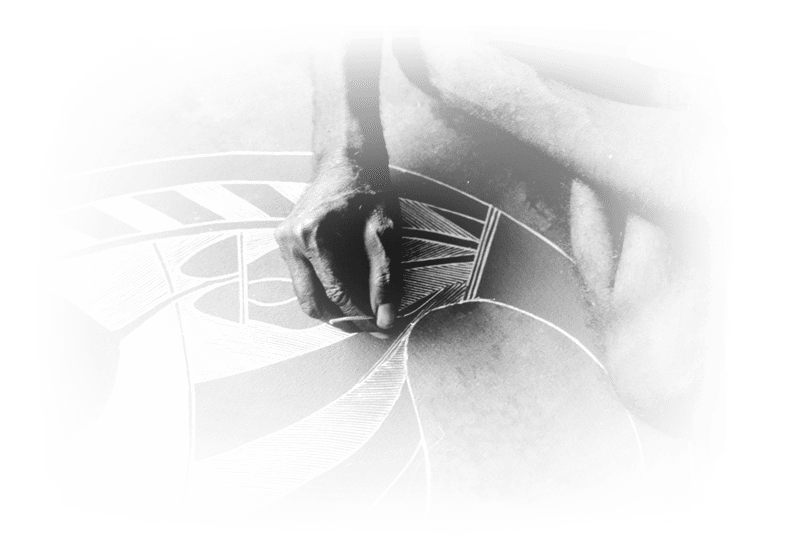Step 1: Is the National Archives likely to hold relevant records?
Did the person serve in the Australian Defence Forces (ADF)?
The National Archives holds personnel files for members of the ADF, which may contain references to members of the service person’s family, particularly if the person died and the Defence Forces corresponded with the next of kin.
Did the person live in the Northern Territory or Victoria?
Yes: The National Archives holds records covering the administration of the Northern Territory from 1911 to 1978, and Aboriginal Affairs records for Victoria from 1860 to 1970.
No: Relevant information is likely to be held by state government agencies.
Information may also be held by the organisations that ran the homes or missions, such as the church organisation.
The National Archives might hold some references to the person or to their relatives, but they are likely to be incidental or minor references.
Step 2: How do I identify relevant material?
Do you have access to the Internet?
Yes: Search the National Archives' collection database, RecordSearch. You can use 'Search now – as a guest' or 'Log in – as a registered researcher’. Enter the family name in the 'Keywords' query box on the Basic search for items screen. Note the series number, control symbol, access status and item ID number of relevant items.
To search for specific records (e.g. defence forces personnel records), you can use NameSearch. Enter the name in the 'Family name' query box and select the relevant category of records from the drop-down menu. Note the series number, control symbol, access status and item ID number of relevant items.
No: Request a search of the Bringing Them Home name index.
Request a search of the Bringing Them Home name index
The Bringing Them Home name index aims to help First Australians find information about themselves, their families and their country.
Contact the National Archives with as much information as possible about the person/s you are researching, including:
- name of the person – including any variations in spelling, nicknames, or Aboriginal and Torres Strait Islander names
- family connections – names of brothers, sisters, children etc
- place – where the person was born, lived, worked, or was sent
- date of birth, age at events, or date of death of the person
- date ranges – year or period the person was in a certain place
- key events in their life, eg being evacuated during a war or flood.
If a search of the name index locates entries relating to the person or places you are researching, a report listing the names found in the index will be sent to you. Check the report to see whether you think the person referred to in the index entry is the person you are researching. If you think entries are relevant, then go to Step 3.
Step 3: How do I look at relevant records?
Under the Archives Act 1983 most information is available once it enters the open access period. However, certain sensitive information is withheld from public release for a longer period.
Did the person live in the Northern Territory, Victoria or South Australia?
The National Archives has negotiated Memoranda of Understanding (MOUs) with Aboriginal communities affected by government separation policies in the Northern Territory, Victoria and South Australia. Once an eligible person has signed the appropriate forms, he or she can have access to sensitive information about the person and family members, as well as free photocopies.
When you find a record, you can visit the National Archives' research centre where the records are held to see the original, or request a copy of the record.
You can also ask us a question about any records in the collection or contact us for more help.

